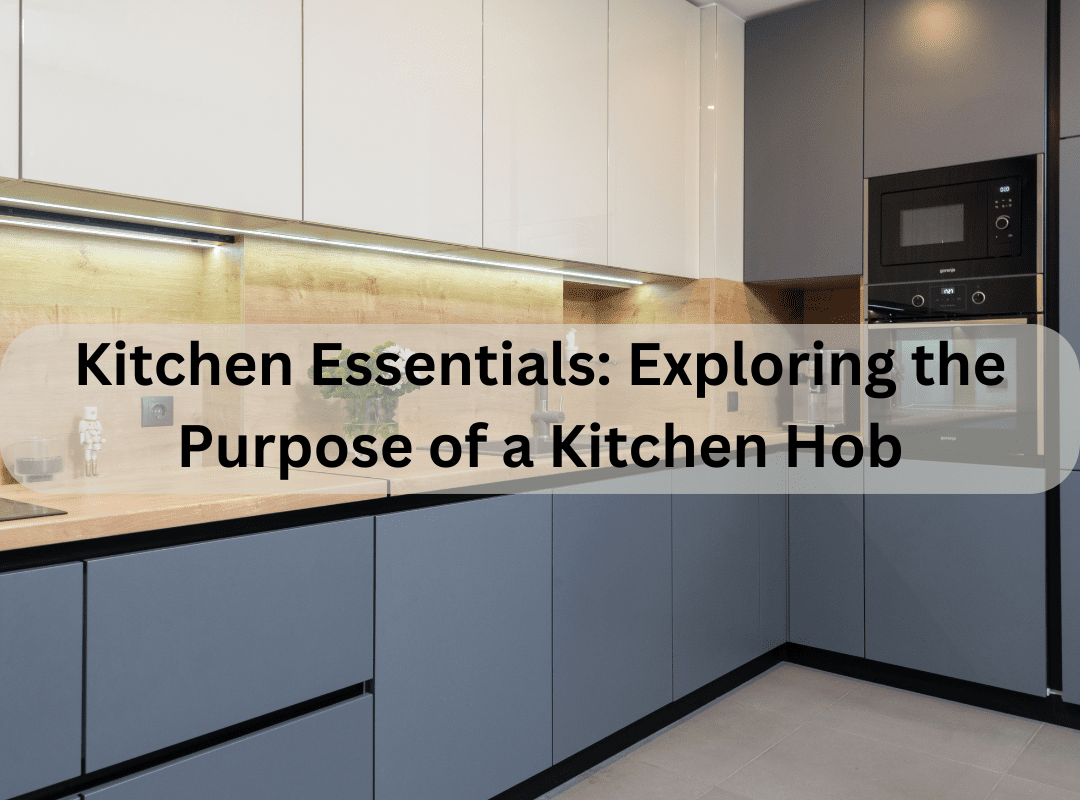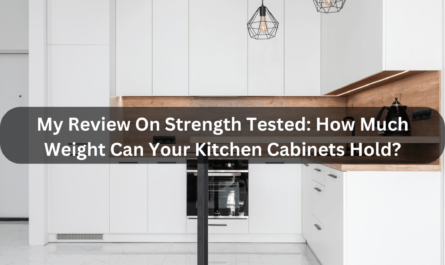Introduction On What Is A Hob In A Kitchen
In the heart of every kitchen lies a crucial element that transforms raw ingredients into culinary delights—the kitchen hob. Also known as a cooktop, this essential appliance serves as the stage for various cooking techniques, offering a flat and functional surface equipped with burners or heating elements. The evolution of kitchen hobs has brought forth a range of options, from traditional gas hobs to sleek electric and cutting-edge induction models.
As a focal point in kitchen design, the hob not only provides a canvas for culinary creativity but also contributes to the overall aesthetic and efficiency of the cooking space. In this exploration, we delve into the features, types, and considerations surrounding kitchen hobs, shedding light on their diverse roles in the culinary realm.
Q1: What is a kitchen hob?
A1: A kitchen hob, short for cooktop, is a flat surface with burners or heating elements used for cooking.
Q2: What is the main purpose of a kitchen hob?
A2: The primary purpose of a kitchen hob is to provide a cooking surface where pots and pans can be placed for stovetop cooking.
Q3: How does a kitchen hob differ from a traditional stove?
A3: While the terms are often used interchangeably, a kitchen hob typically refers to the cooking surface only, while a stove includes the cooking surface and an oven.
Q4: What types of energy sources can kitchen hobs use?
A4: Kitchen hobs can use various energy sources, including gas, electricity, or induction.
Q5: What are the common features of gas kitchen hobs?
A5: Gas hobs feature burners that can be ignited with a flame, providing instant heat control and responsiveness.
Q6: How do electric kitchen hobs operate?
A6: Electric hobs use heating elements powered by electricity to generate heat for cooking.
Q7: What is the distinctive feature of induction hobs?
A7: Induction hobs use magnetic fields to heat the cookware directly, offering fast and precise temperature control.
Q8: Can a kitchen hob be freestanding or built into the countertop?
A8: Yes, kitchen hobs come in both freestanding and built-in options, allowing for flexibility in kitchen design.
Q9: Are there hobs with combined features, such as gas burners and electric zones?
A9: Yes, some hobs offer a combination of gas burners and electric zones, providing versatility in cooking options.
Q10: What is the role of controls on a kitchen hob?
A10: Controls on a kitchen hob allow users to adjust the heat settings for each burner or zone, facilitating precise temperature control.
Q11: Can a kitchen hob have safety features?
A11: Yes, modern kitchen hobs often come with safety features like flame failure devices for gas hobs or child safety locks for electric and induction hobs.
Q12: Are there hobs with additional features, such as timers or smart technology?
A12: Yes, some hobs are equipped with timers, automatic shut-off functions, and even smart technology for remote control and monitoring.
Q13: How does the size of a kitchen hob vary?
A13: Kitchen hobs come in various sizes, typically ranging from 30 to 90 centimeters, providing options to suit different kitchen layouts.
Q14: Can kitchen hobs be easily cleaned?
A14: Yes, many kitchen hobs feature smooth surfaces that are easy to clean, and some even have removable parts or self-cleaning functions.
Q15: Are there considerations for the type of cookware used on induction hobs?
A15: Yes, cookware used on induction hobs must be magnetic, such as stainless steel or cast iron, to effectively generate heat.
Q16: How does heat distribution vary among different types of kitchen hobs?
A16: Gas hobs typically provide more even heat distribution, while induction hobs offer precise and instantaneous heat control focused on the cookware.
Q17: Can kitchen hobs be energy-efficient?
A17: Yes, induction hobs are known for their energy efficiency as they only generate heat where it’s needed, minimizing energy wastage.
Q18: What maintenance is required for a kitchen hob?
A18: Regular cleaning and maintenance, such as checking for gas leaks or ensuring proper electrical connections, are essential for the longevity and safety of a kitchen hob.
Q19: Can kitchen hobs be integrated into kitchen islands?
A19: Yes, kitchen hobs can be integrated into kitchen islands, providing a centralized cooking area for convenience and style.
Q20: Are there specific installation requirements for kitchen hobs?
A20: Installation requirements vary, but considerations include adequate ventilation, proper electrical or gas connections, and adherence to safety regulations.
Conclusion For What Is A Hob In A Kitchen
As we conclude our exploration of kitchen hobs, it becomes evident that this indispensable kitchen appliance is more than a mere cooking surface—it’s a gateway to culinary exploration and creativity. From the classic reliability of gas hobs to the precision of induction technology, the choices cater to diverse preferences and cooking styles. The considerations for safety, energy efficiency, and maintenance underscore the importance of informed decision-making when selecting a kitchen hob.
Whether integrated into countertops, islands, or standing independently, the kitchen hob stands as a testament to the fusion of functionality and design in modern kitchens. As technology continues to advance, the kitchen hob remains a steadfast companion, inviting chefs and home cooks alike to embark on flavorful journeys within the heart of their culinary spaces.




